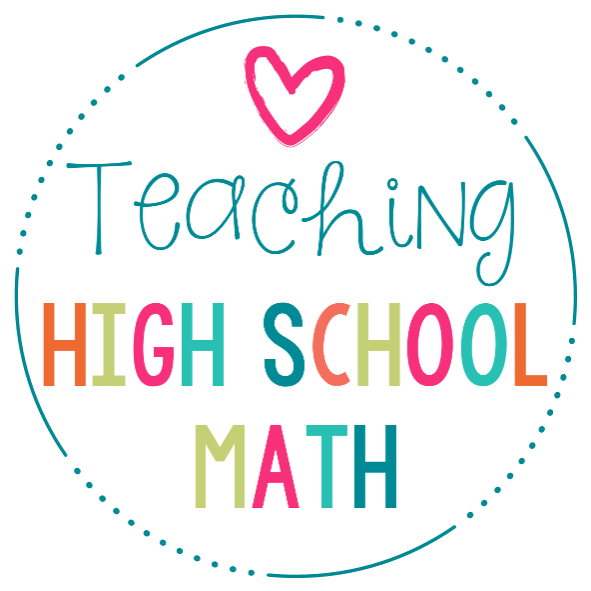Why Incorporate Math History?
Students often ask, “When will I ever use this?” Math history provides a meaningful answer. It reveals that mathematics isn’t an abstract set of rules but a human endeavor, created and shaped by people across centuries and cultures. Learning about mathematicians like Hypatia, who taught in ancient Alexandria, or Srinivasa Ramanujan, who made astonishing contributions despite limited resources, helps students see math as a living, evolving subject rather than a fixed body of facts.
Moreover, stories of mathematicians overcoming obstacles, working in secret, or challenging the norms of their time can inspire students who may feel disconnected from math. History humanizes the subject and shows students that perseverance, curiosity, and creativity are as vital to mathematics as calculation.
How to Bring Math History into Your Teaching
You don’t have to overhaul your entire curriculum to bring math history into your classroom. Here are some practical ideas:
-
Start with a Story: Begin class with a brief anecdote about a mathematician connected to the day’s topic. Teaching geometry? Share how Euclid’s Elements shaped mathematical thinking for centuries.
-
Math History “Spotlights”: Dedicate a few minutes each week to highlight a famous mathematician, especially those whose contributions tie into your current units. This can also diversify your classroom by introducing mathematicians from different cultures, genders, and backgrounds. Teaching Calculus? Share how Newton and Leibniz fought about who invented calculus.
-
Integrate into Projects: Ask students to research a mathematician and present how their work connects to modern math topics. This fosters research skills and deeper understanding. Choose the mathematicians wisely so students will be able to see that mathematicians are from many different cultures and time periods.
-
Create a Math History Timeline: Display a timeline in your classroom so students can visually see how mathematical ideas developed over time.
-
Use Visuals and Decor: Surround students with images and quotes from mathematicians to spark curiosity and create a math-positive environment.
Resources for Teaching Math History
Luckily, you don’t have to start from scratch. Many excellent resources exist to help you weave math history into your lessons:
-
Biographies and Videos: Websites like Biography.com, YouTube’s Numberphile, and PBS documentaries offer engaging introductions to famous mathematicians.
-
Books: Titles like Men of Mathematics by E.T. Bell or Hidden Figures by Margot Lee Shetterly provide fascinating narratives suitable for older students.
-
Online Articles: Sites such as the MacTutor History of Mathematics archive offer free, accessible biographies and timelines.
-
Classroom Decor: Posters and visuals can make math history a constant presence in your classroom.
If you’re looking for a simple, eye-catching way to get started, check out my Famous Mathematicians Posters and Bulletin Board Set on Teachers Pay Teachers. These posters feature diverse mathematicians with beautiful designs, perfect for sparking conversations and celebrating the human side of math. You can find them here. Bring your walls to life—and remind your students every day that math is full of stories worth telling!



No comments:
Post a Comment